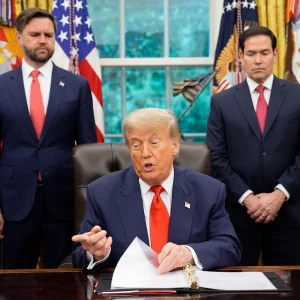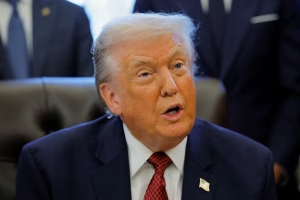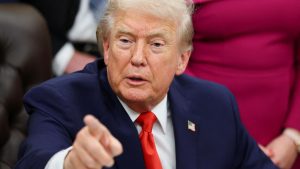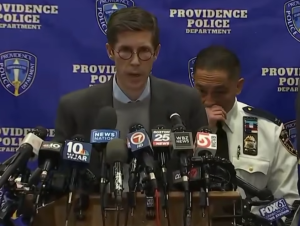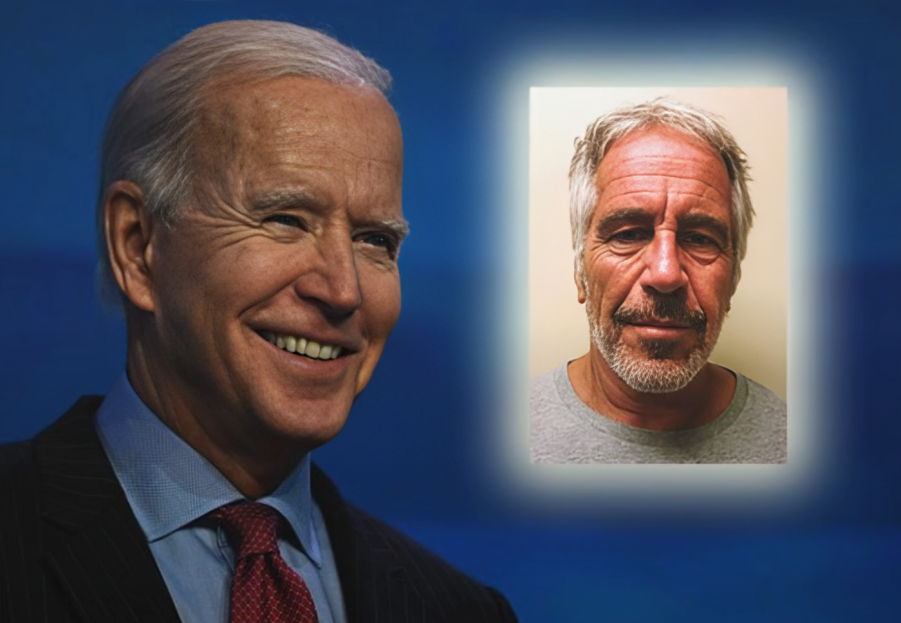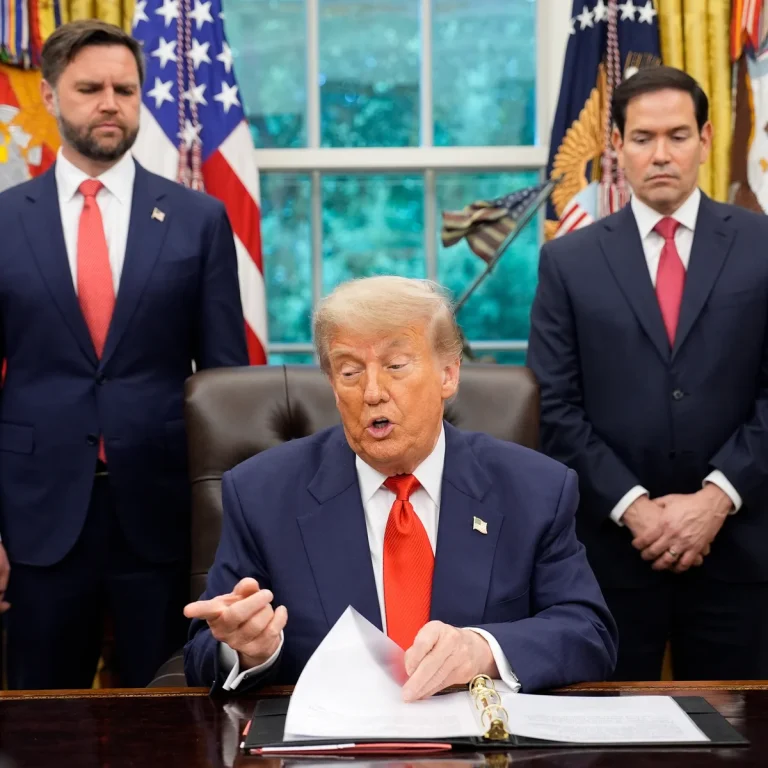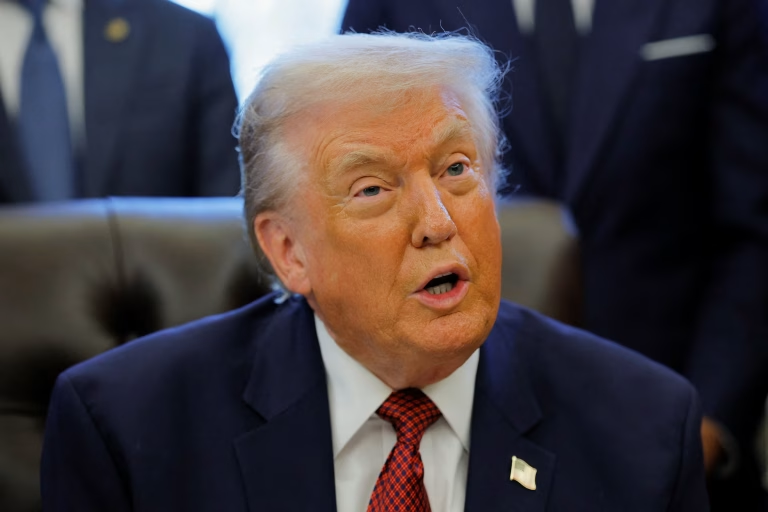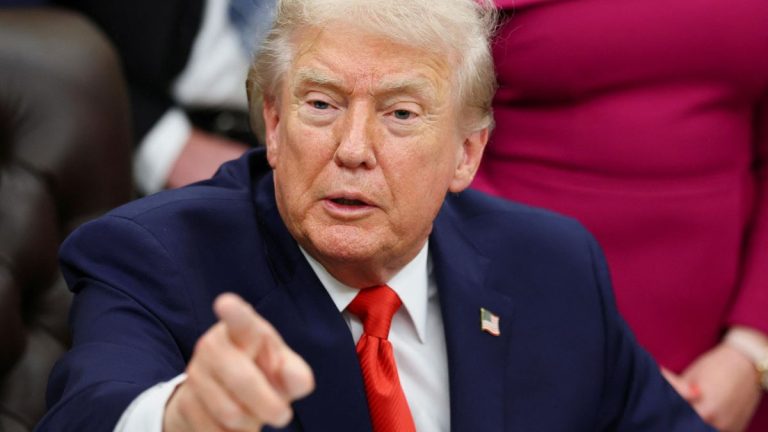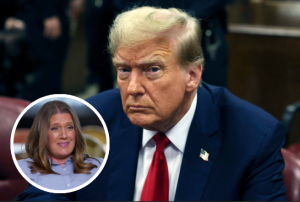The Jeffrey Epstein investigation amassed over 100,000 pages of documents — grand jury testimony, seized electronics, forensic evidence, FBI affidavits, and more. Yet many remain sealed. Questions linger: if these files name powerful figures (including Donald Trump), why didn’t President Joe Biden’s administration force their release? And why, years later, are demands for disclosure resurfacing?
This article explores the legal and political constraints that likely kept the Epstein files under wraps during the Biden years, and why release is proving difficult even now.
(Based on the Vox article “Why didn’t Biden release the Epstein Files?”)
The Epstein Files: What They Contain — and What Was Released
The so-called “Epstein Files” consist of extensive evidence collected by federal investigators over years. They include:
-
Grand jury transcripts and testimony
-
Physical evidence obtained during searches of Epstein’s properties
-
Digital and forensic data from seized devices
-
FBI affidavits and investigative records
In February 2025, the Department of Justice released an initial tranche of these documents. Since then, however, it has publicly denied further disclosures. In a July 2025 memo, the DOJ declared that no “incriminating client list” was found, and that no further release would be appropriate.
That statement confirmed what many had suspected: despite speculation and pressure, the government concluded it had no evidence warranting additional public exposure. Usually, the release of grand jury materials is tightly restricted, and courts must weigh the public interest against protections for participants.
Trump’s Name in the Files — and What It Means
Reports surfaced that Donald Trump’s name appears repeatedly in the Epstein files. A birthday card reportedly sent from Trump to Epstein also raised further speculation. But appearing in documents does not inherently imply criminal wrongdoing. Many people had social associations with Epstein at various times.
Even so, the optics of a former president’s name being in the sealed files fueled demands for full disclosure. Some hoped that revealing everything would defuse conspiracy claims or exonerate Trump more definitively. Others saw political opportunity: if the unreleased files were entirely harmless, full disclosure would serve Trump’s interest.
But disclosure is constrained not only by law, but by practical limitations — something the Biden administration would have understood.
Legal Barriers to Releasing Grand Jury Evidence
One of the primary legal obstacles: grand jury secrecy. The U.S. system follows rules that preserve confidentiality of grand jury proceedings. Testimony is kept secret to protect witnesses, prevent influencing jurors, and allow decisions on indictments without external pressure.
Because of this, even a president or DOJ cannot unilaterally release grand jury transcripts wholesale. A court must approve disclosure, typically only in exceptional cases when the public interest outweighs the need for secrecy.
Even the digital materials (seized devices, forensic evidence) are often subject to privacy claims, redactions, and concerns about ongoing or future investigations. Intelligence or law enforcement agencies resist blanket release of raw files that could reveal investigative methods, informants, or sensitive sources.
Thus, even if Biden or his Justice Department wanted to push for full disclosure, they would have faced steep legal hurdles. In many cases, courts refuse claims that public curiosity alone is enough to override confidentiality.
Political Calculus: Why Biden Might Have Avoided the Fight
Beyond legal constraints, politics likely played a role. If the documents did not clearly implicate wrongdoing, releasing them could do more harm than good — fueling conspiracy narratives rather than resolving them.
From a strategic standpoint:
-
If the files showed innocent or mundane associations, critics would argue Biden had nothing to hide, and that the material was harmless.
-
If files hinted at deeper connections, revealing them without full context could be politically dangerous.
-
Pressing a court or using executive pressure to override traditional secrecy norms could invite backlash about overreach.
Given that Trump was a rival, one might assume Biden would relish exposure of damaging information. But the risks — especially if ambiguity remained — could outweigh potential gains. Indeed, if files didn’t contain clear evidence of criminal behavior, pushing for release might have only amplified conspiracies.
Moreover, the Biden White House did not exercise direct control over DOJ enforcement decisions. As one former official later implied, the White House often stayed at arm’s length from investigative matters.
The DOJ’s July 2025 Memo: Final Word (for Now)
On July 7, 2025, the DOJ released a two-page memo stating that after a review of all materials, there was no evidence that Epstein maintained an “incriminating client list,” and no credible basis to pursue further charges against third parties.
The memo also announced that no further releases would be made, citing legal protections for victims, sealed court proceedings, and confidentiality concerns.
That decision drew backlash from Trump allies and right-wing media, many of whom had invested in conspiracy narratives. But for DOJ, it marked a line: not every document is fit for public release, especially when legal safeguards are involved.
The Conspiracy Theory Pitfall
One reason the Epstein case has proven so enduring is the density of conspiracy narratives swirling around it. The mystery of Epstein’s death, the powerful people who associated with him, and the gaps in public clarity all feed speculation.
For some critics, the argument is that something must have been suppressed. Because the files remain sealed, that absence becomes proof of concealment. But that reasoning ignores alternative explanations: legal constraints, redactions for privacy, sealed court orders, or low evidentiary value.
Moreover, conspiracy theories often persist even when disclosures are made — the expectation is rarely satisfied. In many cases, revealing documents may only shift the narrative or intensify suspicion. The very act of release can become politicized and scrutinized.
So if a government releases “everything,” the narratives often just mutate — adding new layers. That makes controlling the discourse extremely difficult.
Where Things Stand Now — And What Might Happen Next
-
Trump is now pushing for further disclosure himself, calling for release of grand jury testimony and suggesting his name’s presence in the files is innocuous.
-
Congressional efforts continue: some lawmakers have proposed resolutions demanding full transparency, subpoenaing key figures connected to the files.
-
Courts have already denied at least one DOJ request to unseal more documents in Florida; another request in New York is still pending.
-
The DOJ maintains that further releases are neither appropriate nor warranted.
If future disclosures occur, expect they will be heavily redacted. Any names newly revealed will be scrutinized, but whether they lead to legal consequences or definitive answers remains uncertain.
In Summary
-
The Epstein Files are vast and include many sensitive materials, but most remain sealed due to legal constraints like grand jury secrecy and privacy protections.
-
Biden’s administration faced institutional limits: even if it wanted to release everything, it could not easily do so without court approval.
-
Politically, the risk of releasing ambiguous or partial material, especially involving Trump, could outweigh benefits.
-
The DOJ’s 2025 memo effectively drew a boundary: after review, it found nothing warranting further public release.
-
Conspiracy narratives, once established, are hard to dislodge — disclosure may shift them, but rarely ends them.
If you like, I can also provide you a translated version (e.g. in Macedonian) or a version adapted to your intended audience. Do you want that?

Emily Johnson is a critically acclaimed essayist and novelist known for her thought-provoking works centered on feminism, women’s rights, and modern relationships. Born and raised in Portland, Oregon, Emily grew up with a deep love of books, often spending her afternoons at her local library. She went on to study literature and gender studies at UCLA, where she became deeply involved in activism and began publishing essays in campus journals. Her debut essay collection, Voices Unbound, struck a chord with readers nationwide for its fearless exploration of gender dynamics, identity, and the challenges faced by women in contemporary society. Emily later transitioned into fiction, writing novels that balance compelling storytelling with social commentary. Her protagonists are often strong, multidimensional women navigating love, ambition, and the struggles of everyday life, making her a favorite among readers who crave authentic, relatable narratives. Critics praise her ability to merge personal intimacy with universal themes. Off the page, Emily is an advocate for women in publishing, leading workshops that encourage young female writers to embrace their voices. She lives in Seattle with her partner and two rescue cats, where she continues to write, teach, and inspire a new generation of storytellers.
